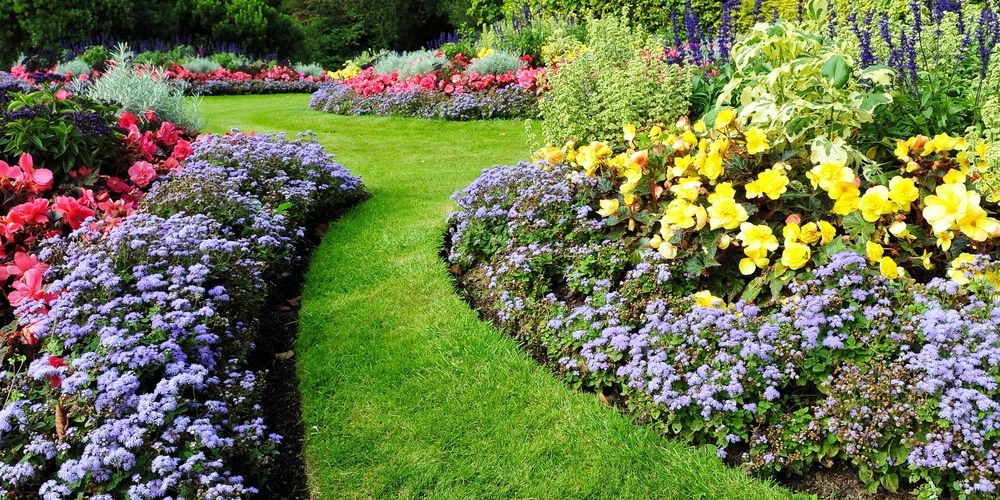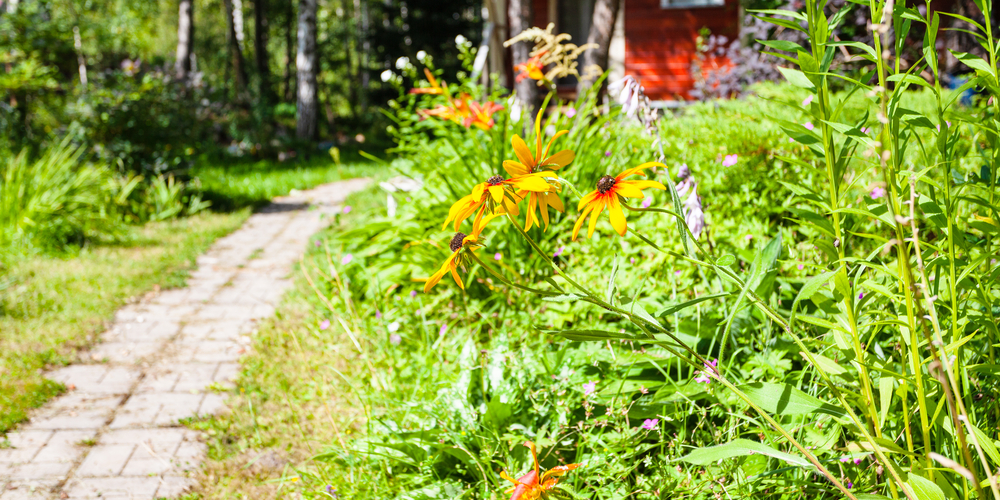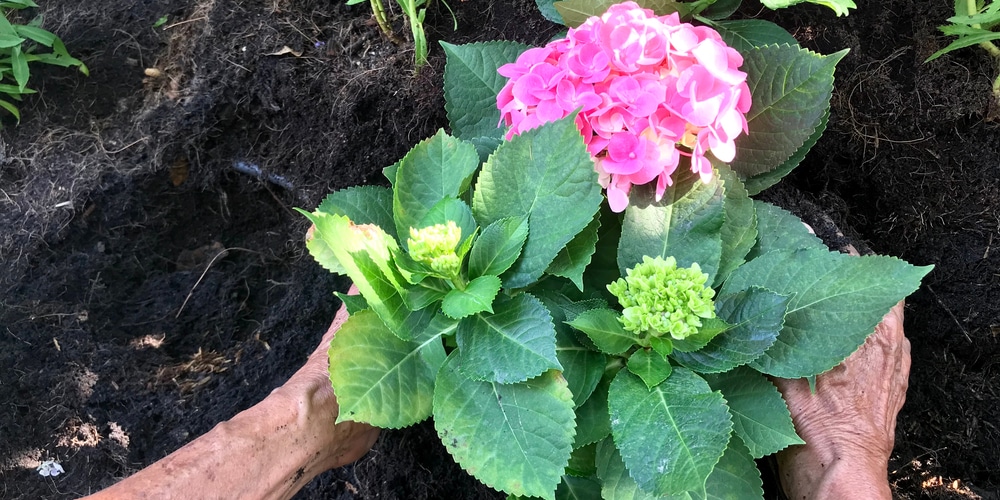The days are shorter, and the weather is cooler, but that doesn’t mean you can’t garden in the fall.
You can do many things to prepare your garden for the winter. One question that often comes up this time of year is whether or not it’s possible to plant perennials in the fall.
The answer is yes – with a few exceptions, most perennials can be planted in the fall. Keep reading to learn more!
Can You Plant Perennials In The Fall?
Perennials are a great addition to any garden. They come back year after year, are relatively low-maintenance, and provide color and interest even when other plants are dormant.
So if you’re thinking about adding some perennials to your garden, fall is a great time to do it – in most cases.
There are a few exceptions, however. If you live in an area with very cold winters, it’s best to wait until spring to plant perennials that are not winter-hardy.
And if the ground is frozen where you live, it’s also best to wait until spring to plant. Other than that, most perennials can be planted in the fall with no problem.
Reasons Why A Gardener Might Want To Plant In The Fall
Less stress on the plant.
One advantage of planting perennials in the fall is that it’s less stressful on the plant. When you plant in the spring, the plant has to put all its energy into growing roots and leaves. But when you plant in the fall, the plant can focus on growing roots because it doesn’t have to worry about leaves.
Better root growth.
Another advantage of planting in the fall is that the roots have a chance to grow better. The soil is often too cold in the spring for roots to grow well. But in the fall, the soil is warm enough for roots to grow, but not so warm that they dry out.
Less watering is needed.
Another benefit of planting in the fall is that the plants will need less water. Plants often need to be watered in the spring every day or two. But in the fall, they will only need to be watered once a week.
This is because the weather is cooler and there is less evaporation. So, planting in the fall is a good option if you’re looking to save water.
How to Plant Perennials in the Fall
One of the best ways to add color and interest to your garden is to plant perennials. Perennials are plants that come back year after year, and they can provide a welcome splash of color in the spring and summer months.
While many gardeners plant perennials in the spring, fall is the best time to plant them. The cooler temperatures allow the roots to establish themselves before the heat of summer sets in, making for a hardier plant.
In addition, fall planting gives perennials a chance to develop strong roots before dealing with the stress of drought or extreme temperatures. As a result, perennials planted in the fall are often more resilient and longer-lived than those planted in other seasons.
If you’re interested in adding some perennials to your garden, here are a few tips on how to get started:
First, decide which varieties you would like to plant. Consider things like height, bloom time, and color when making your selection. It’s also essential to choose plants that are suitable for your climate zone.
Next, prepare the planting area by loosening the soil and removing weeds or debris. If you’re planting multiple varieties, be sure to space them out according to their mature size.
Dig a hole twice as wide and deep as the root ball of the plant when ready to plant. Remove the plant from its container and set it in the hole carefully. Backfill with dirt and give the plants a deep watering. This will help them to establish their roots and start growing. Water once or so for the first few weeks, then decrease to every other week as the plants become established.
Conclusion
So, can you plant perennials in the fall? The answer is yes! Fall gardening is a great way to get a jump start on the spring growing season. With some planning and effort, you can have beautiful flowers bloom in your garden come springtime.


